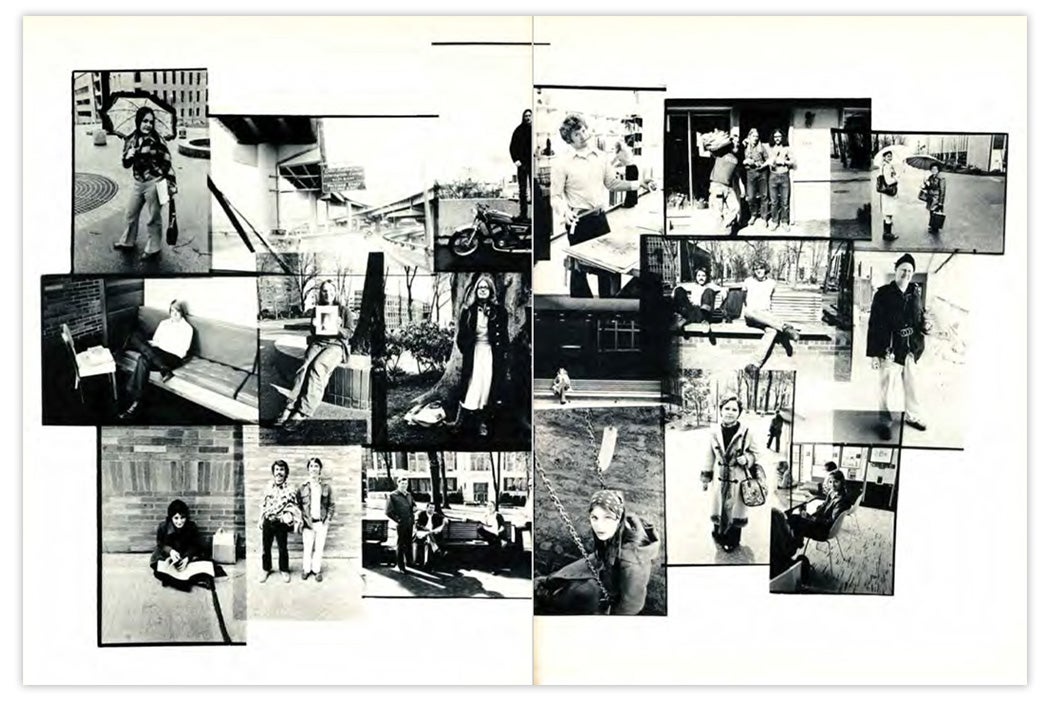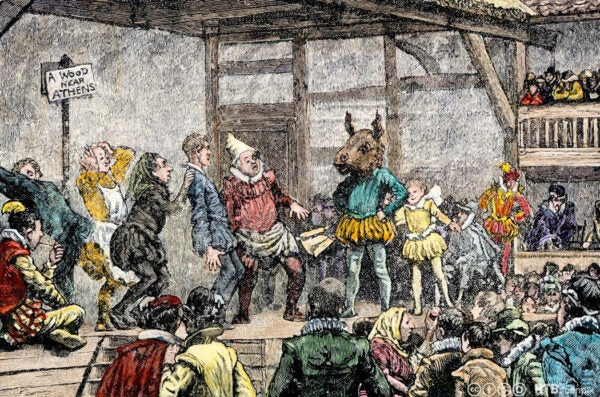Portland wasn’t always a hipster utopia; as recently as the 1960s it was little more than a “stodgy town with a beautiful landscape.” Yet as far back as 1962, something was afoot at Portland State University. Its yearbooks took on a distinctly artistic flavor, replacing the traditional format with large, captionless photographs of life in and around the city.
It’s not always clear what the nexus to the university is, if any. Captions are rare, leaving the reader to infer meaning. Those that do exist sometimes create more questions. The 1962 yearbook includes both a quote from Martin Luther King Jr., “If democracy is to live, segregation must die,” and a photo of a homecoming celebration depicting “a revival of the old Norse spirit.” (The Vikings remain the university mascot.)

Despite the slightly more artistic presentation, the first several years of photograph-rich yearbooks still contained much of the standard fanfare, showcasing the various Viking sports teams, theater, band, and events around campus. In 1966, as Baby Boomers reached college age, more students registered than had been predicted, causing the shout of “closed section” to echo onto the park blocks. Today’s students may never have seen an in-person registration event or the logistics required to pull one off.
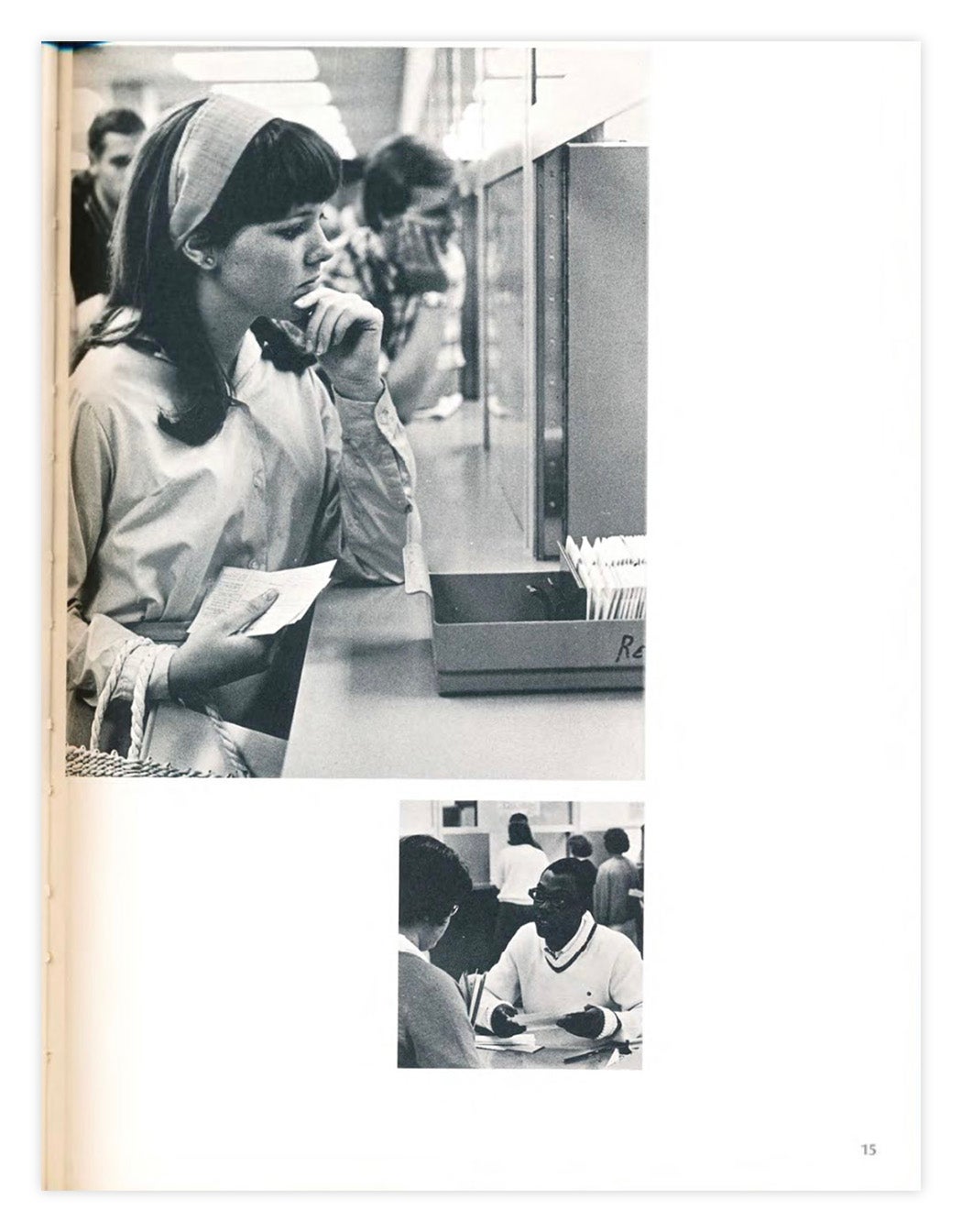
In 1968, the societal strife that rocked the nation was captured by the Viking’s yearbook photographers. Anti-war protests, and the robust police responses to them, are documented. In a rare caption, the writer recounts how The Vanguard, the school’s still-running newspaper, called a student protest of Dow Chemical’s napalm a “failure” because the students ended their sit-in when asked to by an administrator, only to have a politically active student push back on the characterization.

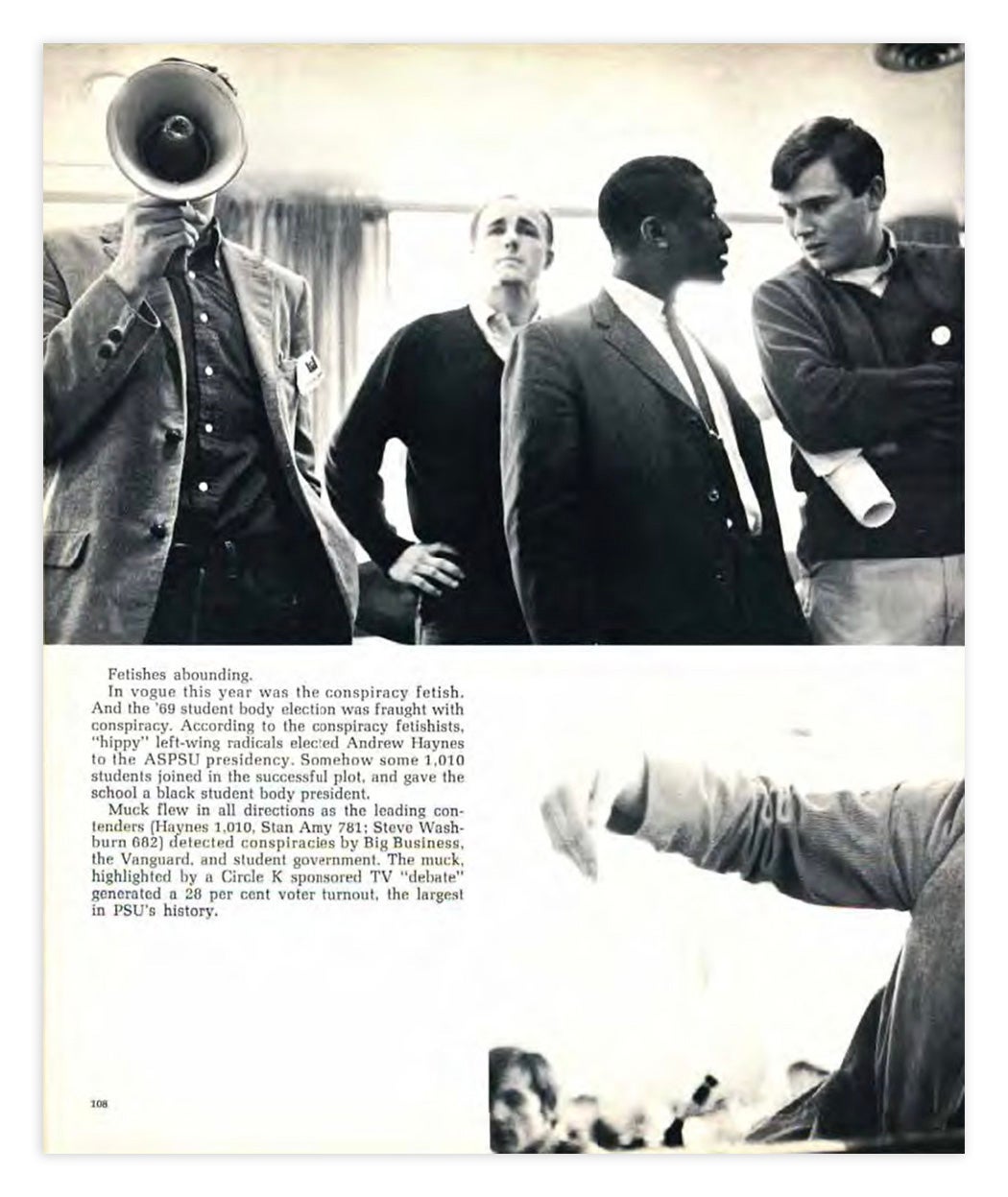
In 1969, the school elected a Black student body president, for what appears to be the first time. Again, an unnamed author editorializes:
“According to the conspiracy fetishists, ‘hippy’ left-wing radicals elected Andrew Haynes to the ASPSU presidency. Somehow some 1,010 students joined in the successful plot…”
Then as now, Portland was one of the whitest cities in America, reflecting a lingering history of racism that is sometimes overshadowed by its proclaimed liberal ideals.

“We live in a decaying age,” begins an inscription in 1973, “Young people no longer respect their parents. They are rude and impatient. They inhabit taverns and have no self-control.” The source? A 6,000-year-old Egyptian tomb, according to the yearbook author.
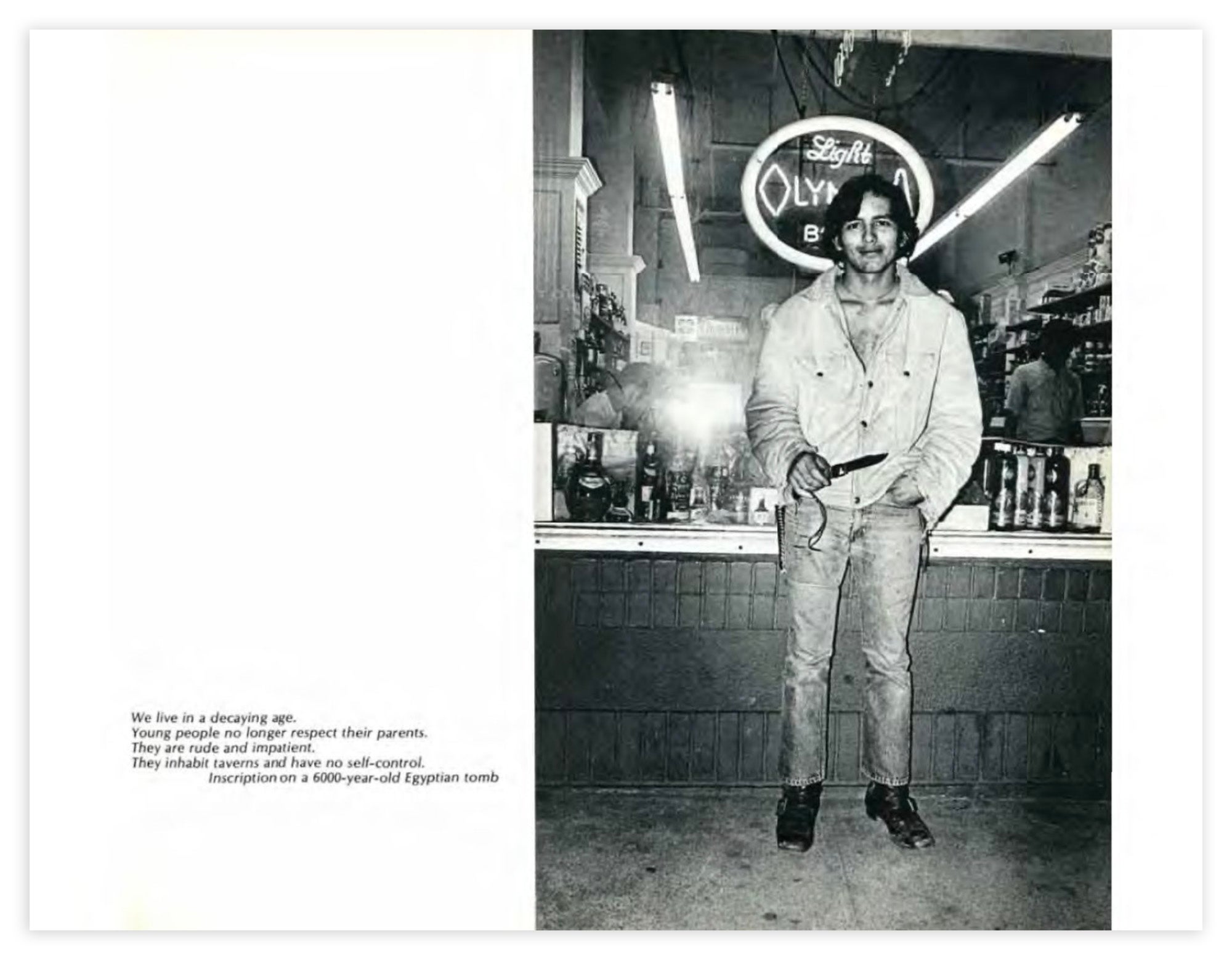
By 1974, the weirdness had fully expanded, pushing out any remaining vestiges of traditional yearbook design. Entitled “A Portland Family Album,” the photos of war protests are gone, replaced with depictions of economic strife and concerns around record-breaking inflation.
The 1973 Organization of Arab Petroleum Exporting Countries (OPEC) began an embargo of oil exports to the United States and other nations who supported Israel during the Yom Kippur War, resulting in a 40 percent increase in fuel prices, shocking the nation. Despite the embargo’s end in March 1974, the damage to the economy was done.
The following images appear in the 1974 yearbook, which likely means they were taken in the 1973–1974 academic year. From Hari Krishnas to fashion statements to the Impeach Nixon rally, a wide smattering of Portlanders and their activities are displayed with pride.
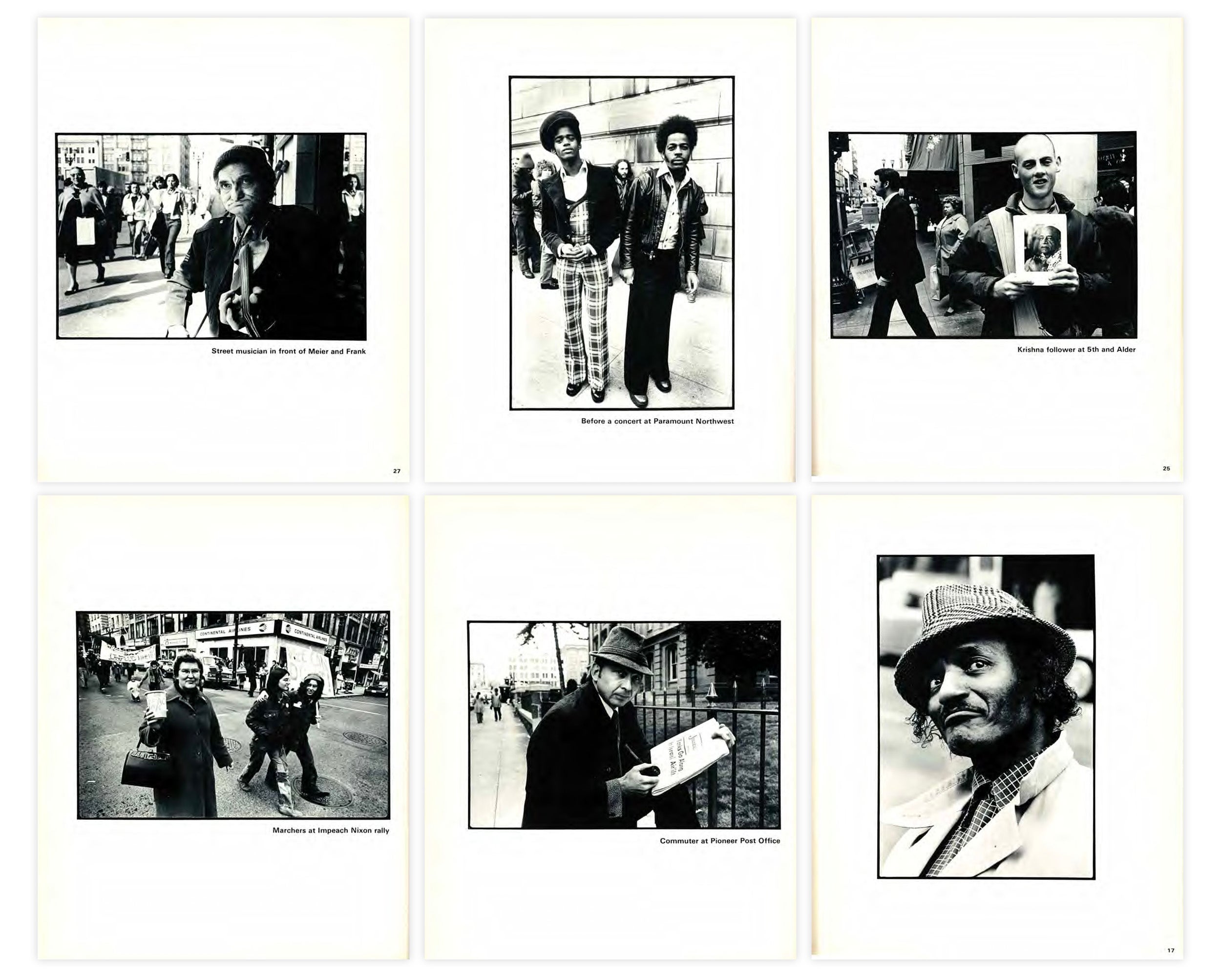
In man-on-the-street-style interviews during the same 1973–1974 school year, the writer asks people seemingly chosen at random, not necessarily students, “Do you like America?” Several answers belie the political turmoil of the moment, referring to the scandal embroiling then-President Nixon. In a particularly poignant example, a Black man answers, “Do I like America? I think that a better question is ‘Does America like you?’”

1975’s edition, “A Portland Soap Opera”, is no more conventional. For the first time, the yearbook included nudity in the photos. Again, the photographs are a stunning snapshot of life in the city, not just of students. Most of the subjects are unnamed.
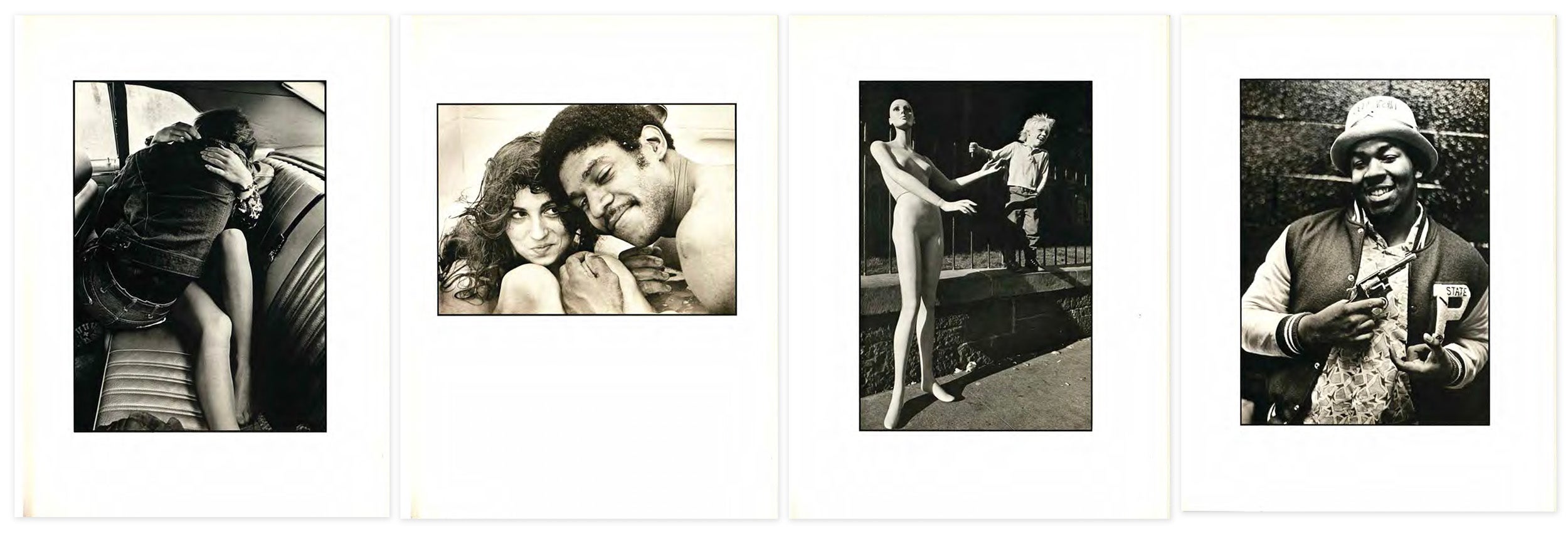
The next year, text entries took up dominant space, lamenting the student body politics and introducing the diet culture that is Weight Watchers to the world. It was not until 1977 that a clever editor decided to accurately rename their creation, the “PSU Photobook.”
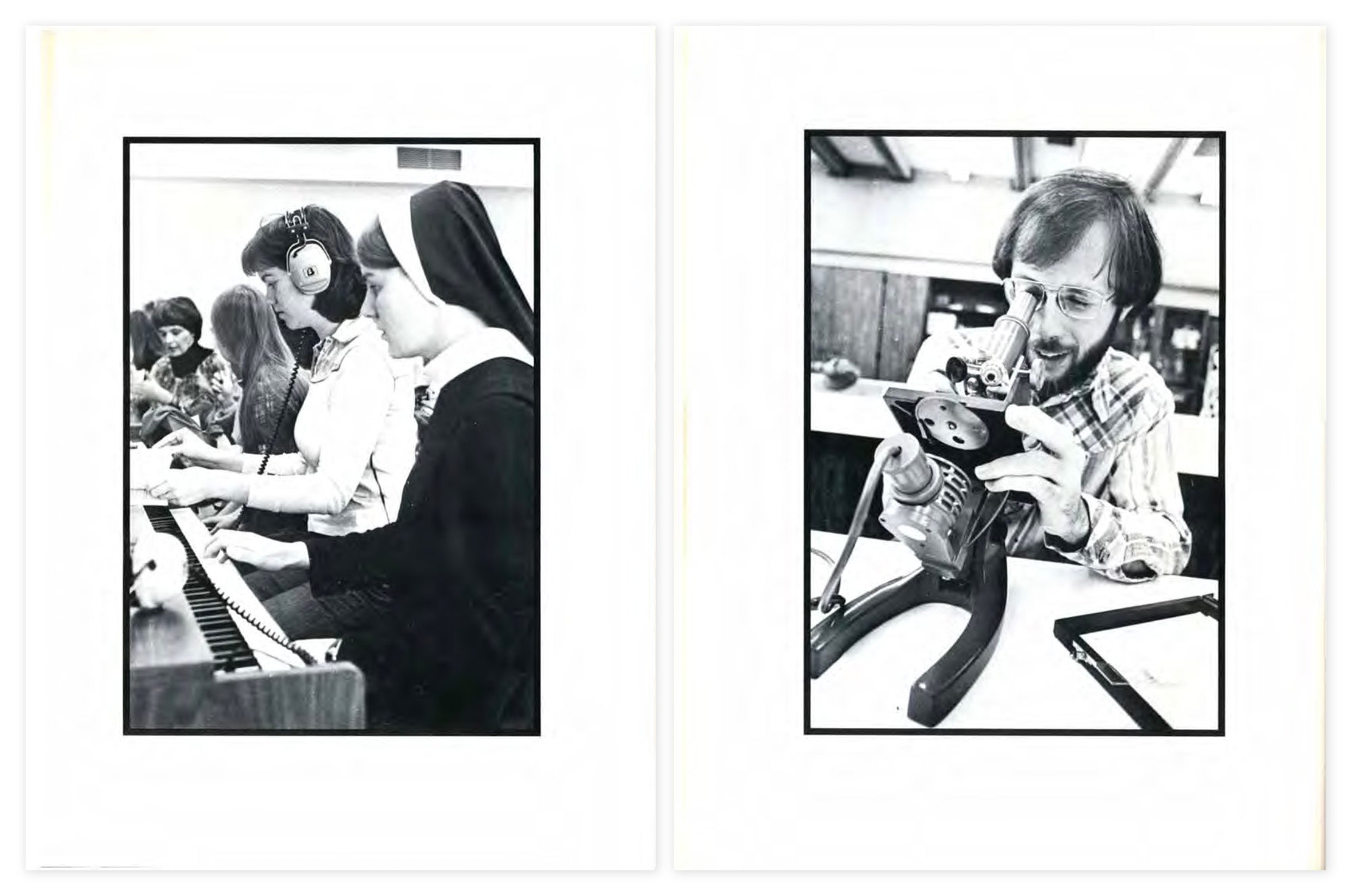
The abundance of delightful images in that year’s edition makes it worthy of a click-through to JSTOR, including their possibly pioneering use of a “screenshot.” As the decade drew to a close, the raw edginess faded away, replaced by the familiar tone of student writers trying to sound snarky.

A cultural melting pot, Portland State has attracted international students since at least the 1970s, when they were documented in photographs and a few precious captions. A 1977 deep dive into its Middle Eastern student population offers a snapshot-in-time, detailing the 273 Middle Eastern students who hailed from fifteen different nations, from kingdoms to dictatorships to democracies. Future Saudi Arabian crown prince Mohammed bin Nayef would have been among the Middle Eastern students at the time of the profile. (After being named second in line for the throne in 2015, he was deposed just two years later.)
The influx of international students was a new enough phenomenon to warrant not only the write up, but to ponder if time spent within American democracy and culture could impact the world: “It will be interesting to see what the thought patterns of these students have on the future of their countries.”
Weekly Newsletter
American students broadly, if not derisively, referred to the students as “Arab” at the time, sometimes inaccurately, as Iranians, Israelis, and Pakistanis do not consider themselves Arab. Not all, but most of the students did hail from wealthy oil-producing countries that provided government scholarships to study, at a very generous $750 per month (in 1978 dollars).
Despite the 2019 controversy over Saudi students being helped by the Saudi government to flee the United States after being charged with criminal offenses, Portland State University remains a destination school for many Middle Eastern students, including those from Saudi Arabia, Qatar, Oman, Bahrain, and the United Arab Emirates.
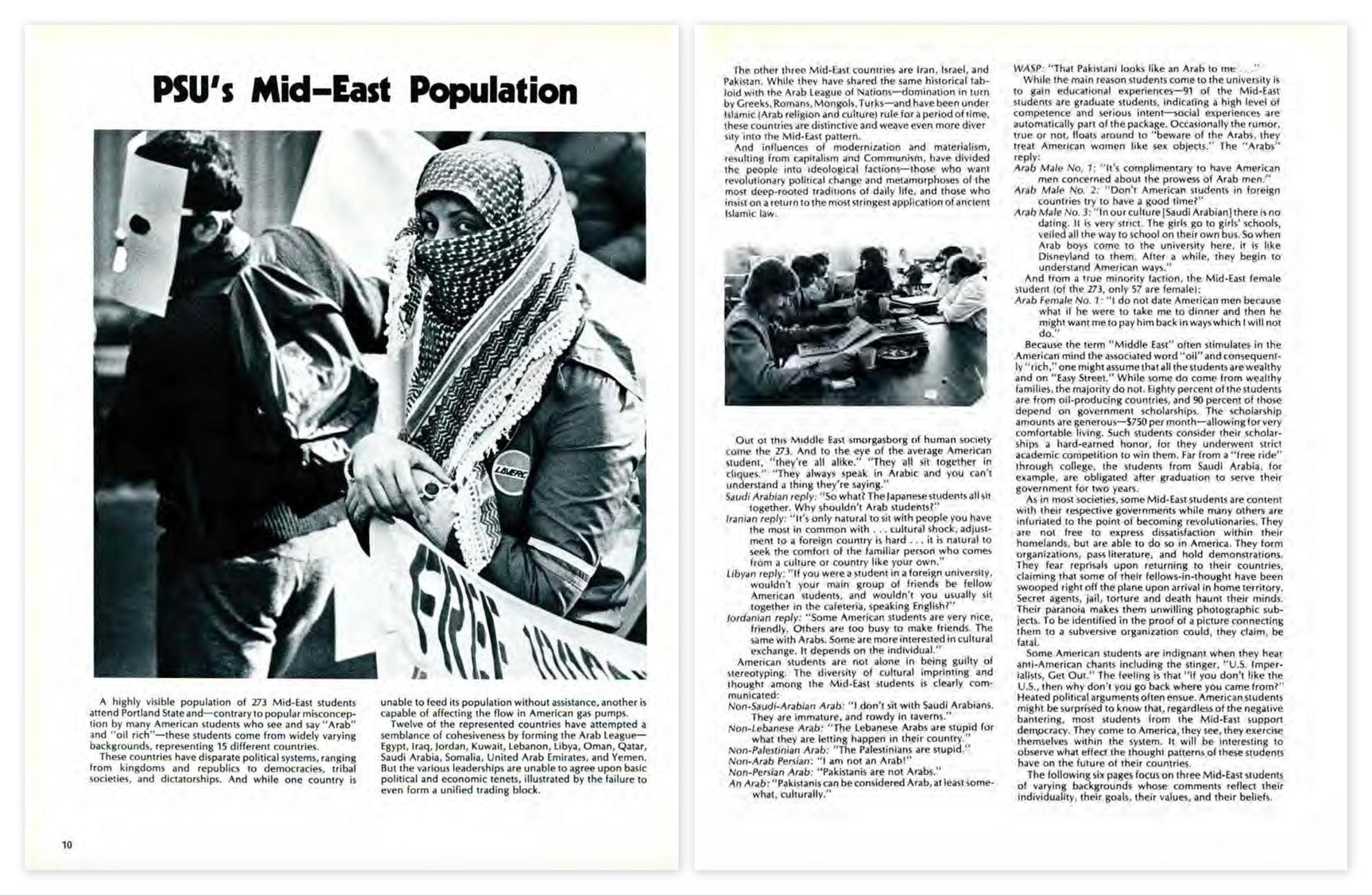
The yearbooks stop abruptly, resuming for six years in the early 1990s before ending entirely. As the Portland State website states, what started as traditional yearbooks “evolved into a creative expression of life on and around the downtown campus in writing and images.” Their richness offers insight into a political and cultural time that is at once both familiar and foreign. Recent graduates will get no such momento of their college years, much to the dismay of this author (and alum).
Support JSTOR Daily! Join our membership program on Patreon today.
